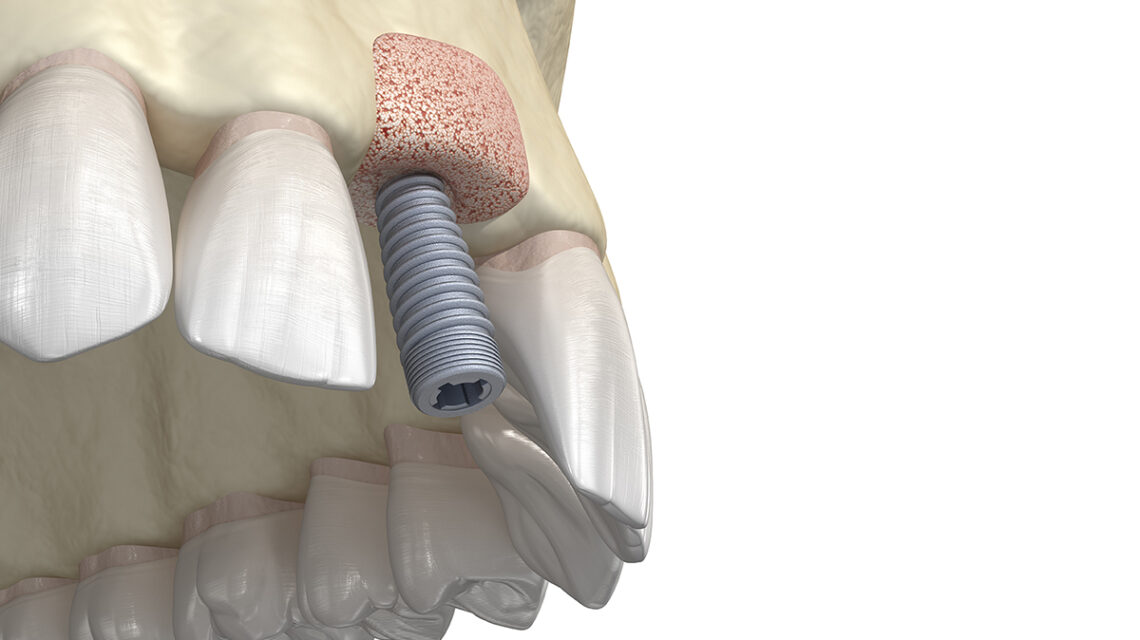Dental implants have revolutionized the way we approach missing teeth, offering a durable and aesthetically pleasing solution. However, the success of a dental implant largely depends on the quality and quantity of the jawbone where the implant is to be placed. This is where bone grafting plays a crucial role. Let’s explore how bone grafts are essential in preparing for successful dental implants.
Table of Contents
Understanding the Need for Bone Grafts in Dental Implants
Dental implants require a stable base in the jawbone to anchor effectively. In cases where the jawbone is too thin or weak to support an implant, a bone graft can create a more solid foundation. This issue can arise due to:
- Bone Loss Following Tooth Extraction: The jawbone can deteriorate over time after tooth loss.
- Periodontal Disease: Gum disease can lead to the destruction of the jawbone.
- Injury or Trauma: Accidents can result in the loss of bone structure.
The Bone Grafting Procedure
Bone grafting involves taking a piece of bone from another part of the patient’s body, or using a special bone grafting material, and grafting it onto the patient’s jawbone. Over time, this grafted bone grows and integrates with the patient’s natural bone, creating a stronger and more stable foundation for the implant.
Types of Bone Grafts
- Autograft: Bone is taken from the patient’s own body, such as the hip or chin.
- Allograft: Bone comes from a human donor.
- Xenograft: The bone graft material is sourced from an animal, usually a cow.
- Synthetic: Man-made materials that mimic bone properties.
Recovery and Integration
After a bone graft, a healing period is necessary for the graft to fuse with the natural bone. This process, known as osseointegration, can take several months. Once the graft has successfully integrated, the site is ready for a dental implant.
The Role of Bone Grafts in Dental Implant Success
A successful bone graft not only provides sufficient support for a dental implant but also helps in maintaining the facial structure and preventing further bone loss. This step is crucial for long-term implant success and overall oral health.
Conclusion
Bone grafts are a vital preparatory step for many dental implant procedures. They ensure that the jawbone is robust enough to support an implant, thereby enhancing the success rate and longevity of dental implants. Understanding the importance of bone grafts can help patients appreciate the comprehensive approach taken to ensure the success of their dental implants.



